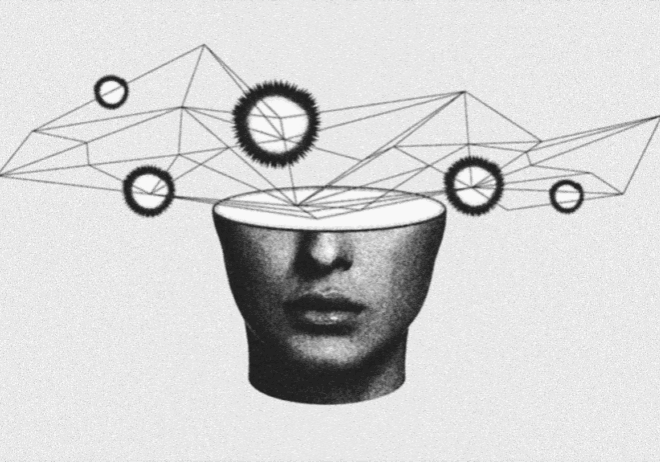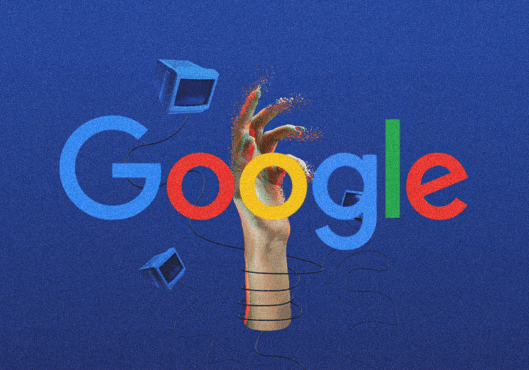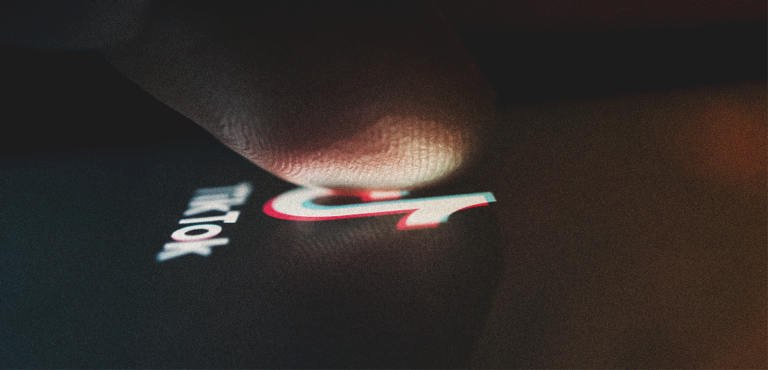
TikTok Marketing: Why This Is the New Prime Time for Brands
Prime time once meant families huddled around the TV at 8 p.m., waiting for cliffhangers, jingles, and big-budget ads. It was more than entertainment—it was a cultural ritual, sparking playground jokes and watercooler chatter. Today, that same cultural gravity has shifted to TikTok.
It was once the squishable destination of attention for brands, who embraced it with an unforgiving fervor. Now, their cultural parameter has evolved into TikTok marketing. There’s no schedule, no lineup, just an always-on stream that commands 95 minutes of attention per day, more than Netflix. For audiences, TikTok is the new living-room screen.
For brands, it’s not just another channel, it’s prime time, redefined
Prime time, now in pocket-sized format
Here’s the stat that should make every CMO lean into the desk a little more: TikTok users, on average, spend 95 minutes (about 3 hours) daily on the app. That’s more than the average American spends watching Netflix. When you think about it, TikTok is prime time without a schedule.
Yet it’s not just about your “screen time.” TikTok has done something much more powerful—it has changed passive scrolling into cultural participation. Every sound, trend, or stitch is not just a piece of content, it is an open invitation. When you watch a trending dance, remix a recipe, or laugh at a chaotic skit, you are not just consuming. You are a part of the moment.
For brands, this means TikTok isn’t just another marketing channel. It is a stage for production where the consumers are co-authors, co-stars, and co-distributors.
Attention, interrupted (in an effective way)
The old TV model thrived on captive audiences waiting through commercials to watch Friends or the evening news. Nowadays, attention is a movement. We swipe, skip, and scroll, much like Olympic athletes dodging boredom.
But TikTok figured it out. It doesn’t seem like an interruption. TikTok ads can be good, bad, or ugly, but they feel authentic. Because half the time they are funny, relatable, or awkwardly satisfying enough to catch your attention—and maybe even share.
That is why TikTok has such high ad recall. A recent analysis indicated that TikTok ads are 23% more memorable than traditional television advertising. So, what’s the secret? It feels like content, not commercials. Because they are made for the medium.
Why TikTok’s “content-first” format boosts recall
The traditional TV model relied on captive audiences willing to sit through advertising breaks to watch Friends or the news. These days, attention is a performance art! We swipe, skip, and scroll like Olympic athletes trying to dodge boredom.
But TikTok got it right. It doesn’t feel like an interruption. TikTok ads can be good, bad, or ugly, but they feel genuine. Because half the time they’re funny, relatable, or just awkwardly satisfying enough to get your attention—and maybe even share.
That is why TikTok works so well with advertising recall. A recent analysis showed TikTok ads are 23% more memorable than traditional TV advertising. So, what’s the trick? It feels like content, not ads. Because they are created for the medium.
The algorithm is the new executive producer
In TV land, when you have execs in suits, they greenlight shows. On TikTok, you are greenlit by an algorithm. It’s also worth noting that consumption of TikTok’s algorithm is as creepy-good as a TV executive whom can predict a consumer’s likes and dislikes before they even realize it themselves.
This means that brands don’t have to have the biggest budget “in the prime time” to be effective. They need content that feels authentic. And a small brand’s clever little 15-second video can go just as viral as a multi-million-dollar campaign.
That is democratization, at scale. But it also means that you can’t “buy” your way into culture anymore—you need to earn it.
Duolingo’s chaotic owl and the culture effect
If you need any proof of this effect, just look at Duolingo. From a humble language-learning app, it has become a juggernaut of culture on TikTok. Why? The marketing team embraced its absurd humor and let its giant green owl take on a chaotic and unhinged persona.
The end result? Millions of views, a cult fanbase, and—importantly—a humanized brand that an actual human being wants to interact with. The owl isn’t selling language lessons. It is selling belonging to an inside joke.
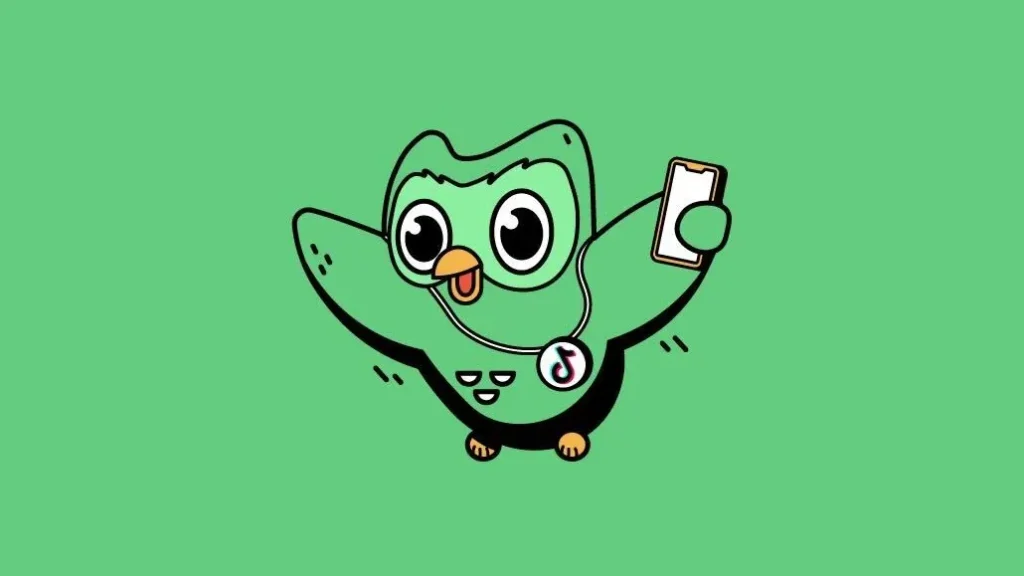
This proves the core of TikTok’s prime-time power: it makes brands characters in the cultural script.
What brands should take away from TikTok prime time
So, if you’re responsible for leading your brand onto TikTok’s turf, what does all this mean? Three lessons stand out:
1. Relatability Trumps Perfection: High gloss, 4K productions don’t matter in TikTok. TikTok is about authenticity. A shaky video from a mobile phone camera, a witty caption, and your own genuine energy can outperform any studio-quality ad you have ever done. The more real the better.
2. Participation is Marketing: The true magic of TikTok is not just storytelling but cocreation. With challenges, duets, and stitches, TikTok invites users to play with your brand. That’s not consumptive advertising—it’s generative culture.
3. Agility is Key: Things move quickly on TikTok. A sound might be burning hot for 48 hours (about 4 days) and then taper off to obscurity. The brands that do well on TikTok are not the ones that have the slowest approval process and team. It’s the ones that are fast enough to jump on a trend today, not next week.
Recent cases showing TikTok prime time in action
It’s nice to talk about theory, but it’s even better to see it in practice. Across verticals and across continents, brands are using TikTok like the new prime-time television, and the results are beginning to demonstrate the opportunity. Here are some campaigns that prove how culture, creativity, and commerce meet on TikTok:
Gap × KATSEYE – Better in Denim
Gap uniquely partnered with global girl group KATSEYE to run a dance campaign focused on denim from Gap using Kelis’ classic, “Milkshake.” They drove 576 million views across platforms and set records for the brand. Gap was able to combine fashion, music, and TikTok-native energy, making jeans become culture fuel. Telling beats product features every time.
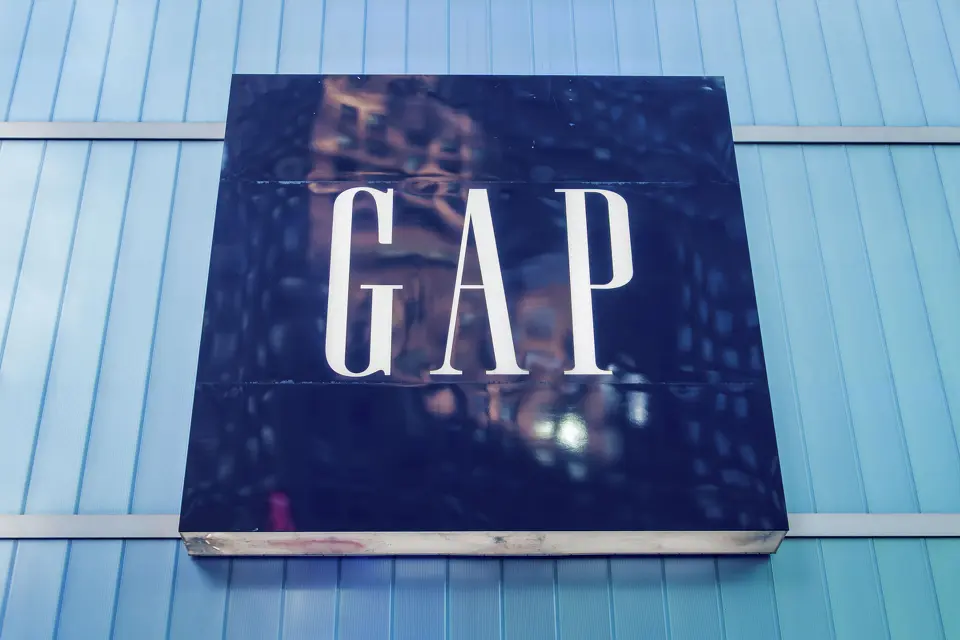
Maybelline Vietnam – #Maybeli
Maybelline Vietnam has taken a hyper-local route, creating an original song called “May Be Li,” and inviting creators to have fun with it. The campaign gained tons of traction — it earned millions of views and moved measurable sales lifts. It is a textbook case of matching cultural nuance and creator-led momentum.
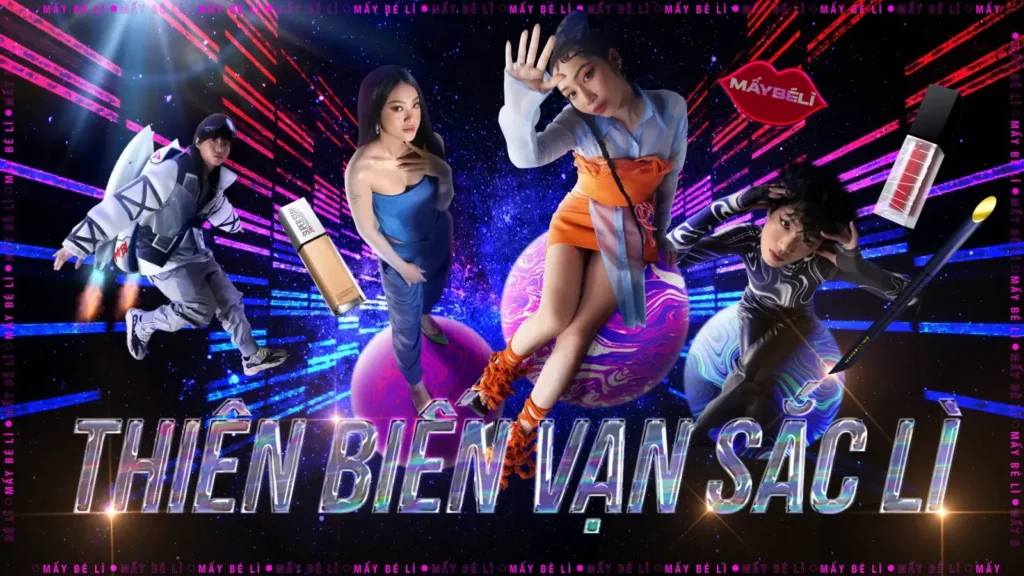
Old Spice – Skits & Chaos
Old Spice has embraced the unhinged humor of TikTok, creating skits that stretch “freshness” into absurdity. They instead made entertainment-first content that viewers wanted to share, instead of hard-sell ads, which adds to the idea that personality-driven storytelling will win every time over product features.
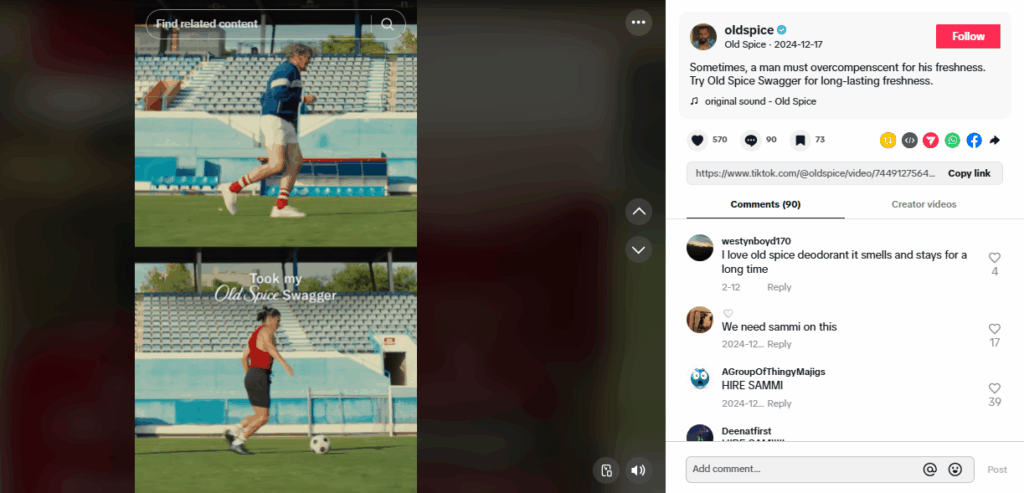
But what about ROI?
The question every marketing executive is always asking: Does it even work?
Short answer: yes! TikTok has become so much more than vanity metrics. With ad formats that promote ecommerce, shoppable posts and an entire ecosystem built around influencers, TikTok has become an entire funnel machine. TikTok has compressed the full customer buying journey from discovery to purchase into a single swipe.
Not only should marketers be measuring TikTok’s impact using vanity metrics, but now they can measure the real-world impact outside of the app as well. Not just for things like books becoming bestsellers, but also beauty products selling out overnight. If “As Seen on TV” was the ultimate measuring stick for sales units, “TikTok Made Me Buy It” is now the gold standard.
A new era of prime time is defined by people
The deeper, broader truth is this: TikTok did not replace TV’s prime time but rather, redefined it.
Where prime time was once only defined by scarcity, with only so many shows, so many ad slots, so many ways to captivate attention, TikTok flipped the idea of prime time on its head. Now, prime time is purely about abundance—millions of micro-moments stitched together by an algorithm that knows how to make you laugh, cry, and click “share”.
For brands, this is empowering. You don’t have to have a Hollywood-sized budget to matter—you just need to show up in culture where culture is being created in the messy, funny, emotional moments that feel very human.
Cut to the chase
TikTok is not the prime time of tomorrow; it is prime time today in the palm of your audience’s hand. The only question is: will your brand be a part of the scroll, or will it get skipped? Jump in, experiment boldly, and let culture do the work. Your prime-time moment is just one swipe away.

